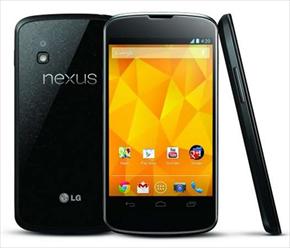Curl. Take place. Sokuşturun backpack. Press the top - and nothing hurt.
Researchers are working on such phones here - razor-thin as paper, and flexible phones.
Exhibited at fairs and emerging technology prototypes have already attracted great attention.
There are rumors that the phone be released early next year, but flexible.
There are many companies trying to develop this technology, LG, Philips, Sharp, Sony, and Nokia is also among these companies.
However, the news of the South Korean Samsung company göğüsleyeceğine have before them the rope.
Samsung smart phones, new flexible OLED (Organic Light Emitting Diode / Organic Light Emitting Diode) technology will prefer to use, and it seems that they are very popular worldwide.
A Samsung spokesman screens "than conventional LCD technology, thin, lightweight and flexible, thanks to the plastic coating foldable, foldable, portable, and is also highly resistant to such an accessory would be", he says.
Paperless World
Flexible electronic circuits on flexible plastic making them the idea of bringing together the TA 1960, dates back to the emergence of the first flexible solar cell arrays.
In 2005, Philips introduced the first foldable display prototype to the public.
And maybe you might not have noticed, but two years later began to be used widely flexible technology.
Amazon's first Kindle reader, a flexible plastic screen used. But the problem is in the bottom of the screen çalışamamasıydı flexible circuits.
This flexible technology called e-ink, produced by an American company of the same name.
Black and white screen itself will radiate light, trying to reflect the light from the environment. Thus, consisted of pages of the book reading experience more similar.
Today, millions of e-ink display is simple phones, memory and battery indicators, smart credit cards, watches hours and signs used.
Cost reduction is
However, most of the causes, hid behind the glass molds, flexibility, features used?
Is an international consulting company that publishes research on flexible displays MarketsandMarkets'den Abhigyan Sengupta, said one of the reasons is cost.
All parts of the device have to be flexible to allow bending of a curl.
To accomplish this, one of the companies working in the UK-based Plastic Logic.
Plastic Logic last May, introduced a color video display that can show a view of the paper.
However, the black-and-white colors which were obtained by placing a filter over the screen so bright compared to other screens if you accept the company's R & D Manager Michael Banach.
This technology is currently used in Banach a replacement screen only serve the function of the battery is low, he says.
Graphene is a MIRACLE
Therefore, other researchers, developing other approaches.
Professor Andrea Ferrari of Cambridge University in the UK using graphene future, trying to produce flexible screens.
Only one atom thick graphene sheet of a carbon - but durable than diamond, also transparent, lightweight, and flexible conductor.
Graphene replace silicon in electronics groundbreaking will take in the future and will open the researchers believe.
The Finnish phone manufacturer Nokia is working with Professor Ferrari, "In the future flexible phones, tablet computers, televisions, solar cells could be part of a flexible, transparent and flexible, and are working on the screens." he says.
"Samsung is quite ahead in this area, but we also work very well for prototypes made by Nokia in Cambridge."
Ferrari says that the future can be made of graphene even phones battery.
OLED technology, Samsung's new phones will continue to explore the option of working, but the company says that graphene.
No matter which technology is superior to the future, the result does not change:
Not only smart phones are coming soon, promises to be flexible as well.














.gif)










